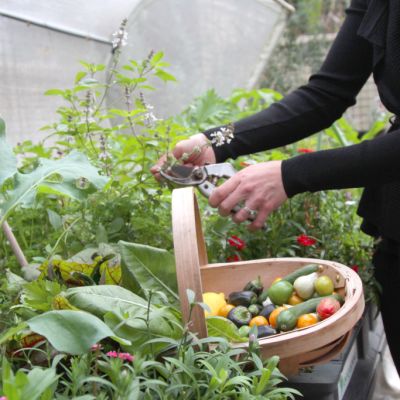5 ways you are killing your veggie patch
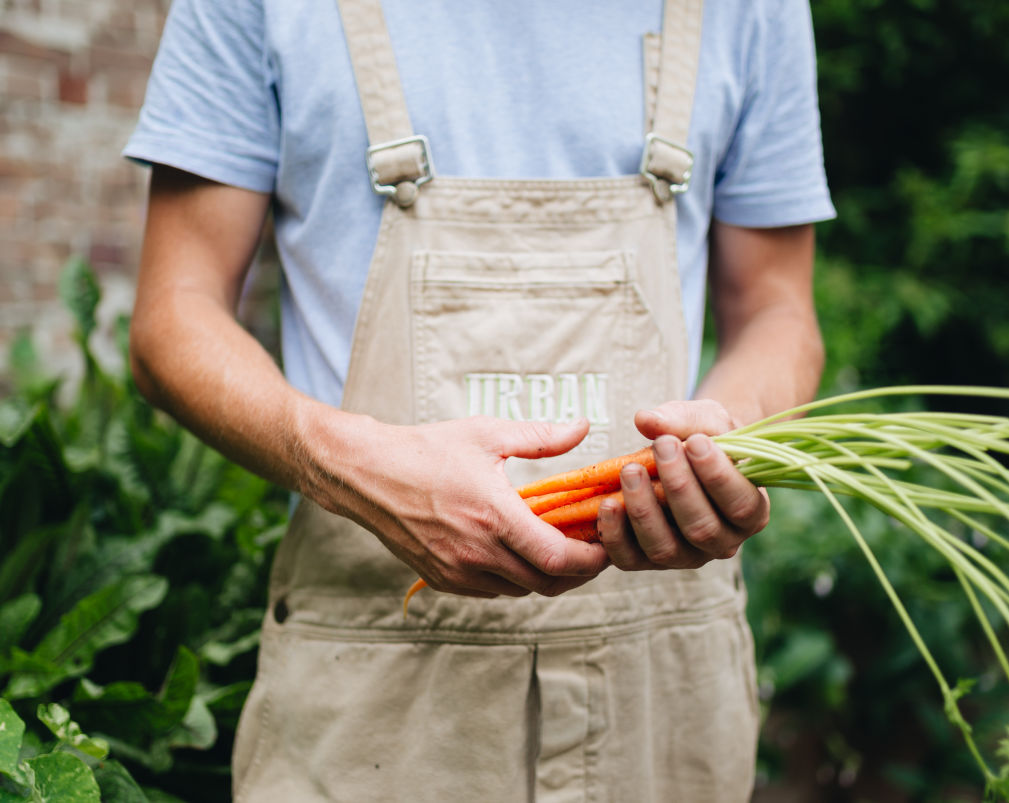
Edible gardens are invariably planted with enthusiasm and hope. Fine cos lettuce seeds sprinkled over the surface. Bulls blood beetroot seeds pushed below the mulch in evenly spaced rows.
Then something happens to the garden – or gardener – and the veggies never quite make it to the table, falling flat before the dream becomes a reality.
Over the course of my years’ teaching and observing edible gardeners, I’ve noticed the same few roadblocks tripping people up. Below are the top five ways to kill your veggie patch and miss out on all that your garden has to grow.
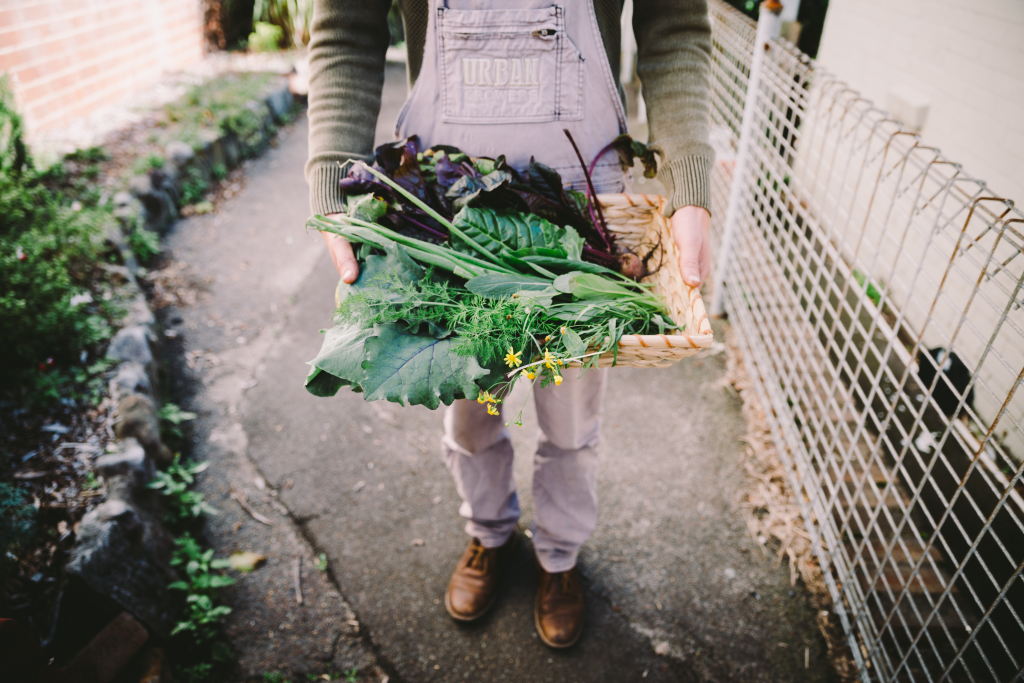
1. Buying cheap products
Simply put, you can’t skimp on the quality of potting mix, compost or any bagged product. Buying premium quality ensures the mix will have optimum water and nutrient-holding capacity, plus extra fertiliser and other goodies to support plant health.
Cheap products are usually not much more than sawdust in a bag, which leads to the demise of any plant you try to grow. And, as I always say, be sure to add your homemade compost to the mix to introduce some real living soil biology.
2. Keeping your plants thirsty
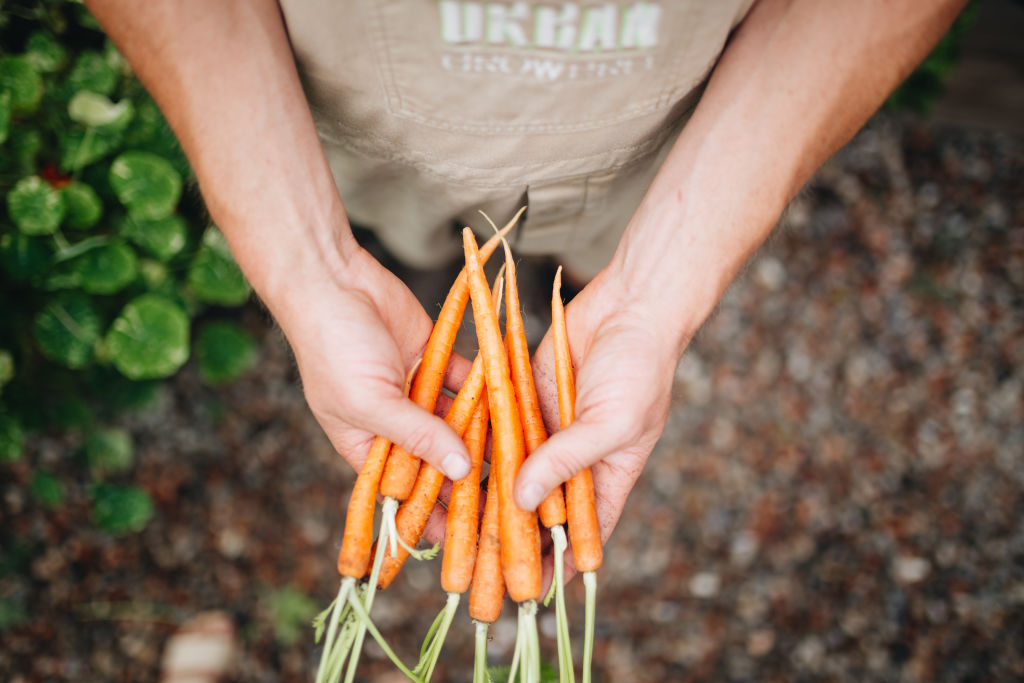
Seeds or seedlings in the soil are precious little things, it’s easy to plant out the garden on Saturday and only check in again Friday evening. The key is to commit to keeping the soil damp so the seeds’ growth isn’t stunted, or even worse their life cut short. A 10-millimetre layer of sugar cane mulch should maintain soil moisture and temperature throughout the day.
Drip irrigation will help seedlings once the roots develop and can weave around garden beds and be set on a timer. Just make it a habit to take 10 minutes or so in the garden to water your plants and observe any changes.
3. Planting your edibles in the shade
Plants that complete their life cycle within a year are called annuals. To do this they need to grow fast, and to do that they need sun. Edible gardens in the shade don’t usually produce the veggies we love the most. I’d recommend six hours of full sun at the minimum. I use a great app called Sun Seeker that helps me determine the range of the sun in any space throughout all seasons of the year.
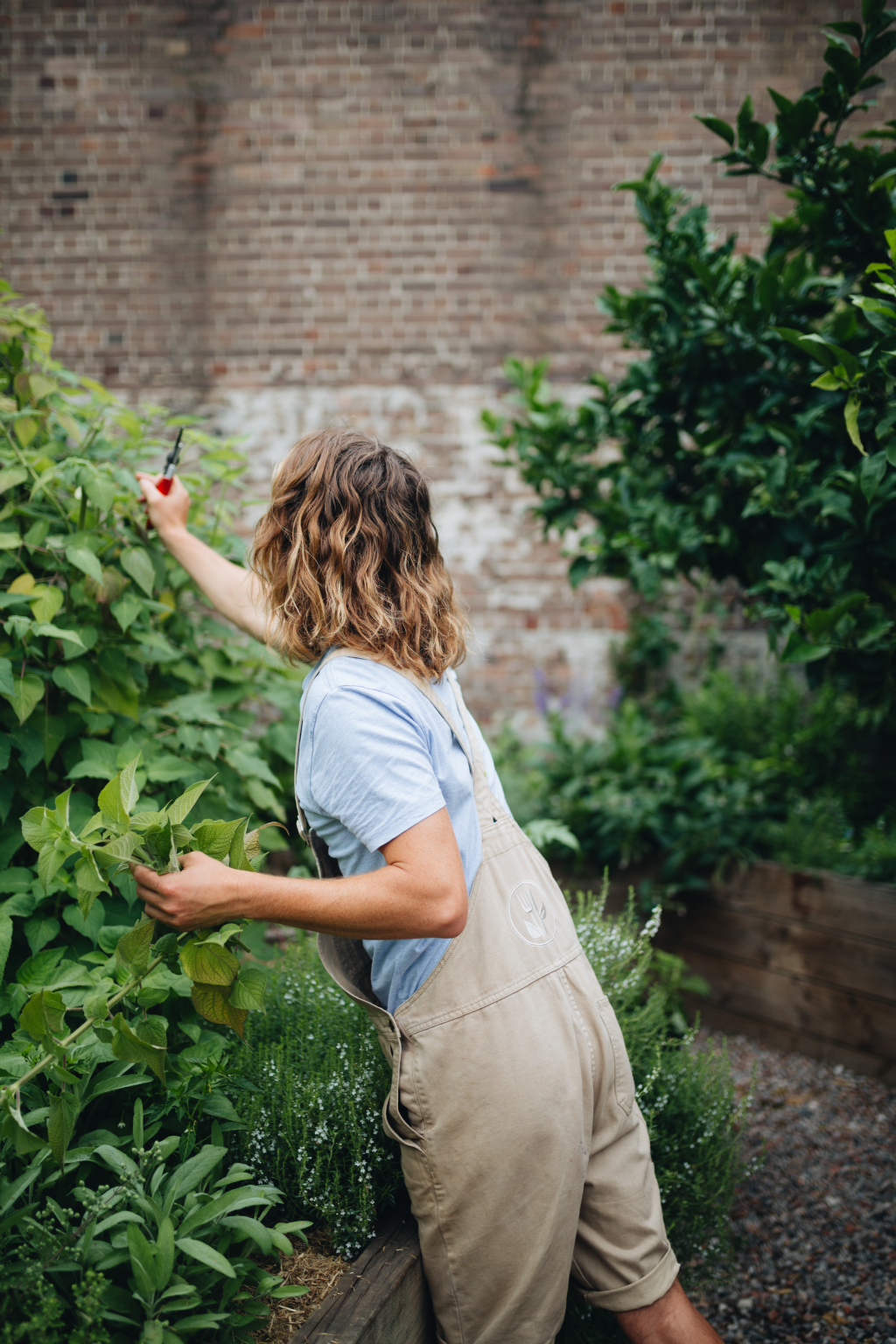
4. Forgetting to notice the details
Learning from observation helps you notice the differences in a plant’s life cycle and any changes that happen, or don’t happen. Leaves curling, aphids multiplying on a new flower bud, the hungry caterpillars hiding along the kale stem – if you notice things early you can take action.
Dedicate 10 minutes or more each day to observing the different changes and happenings among your plants. With practice and good attention to detail, you’ll begin knowing what to look for.
5. Not partaking in succession planting
If space permits, it’s good practice to keep planting seeds every few weeks so you have a constant supply of food. This keeps you motivated and doesn’t allow the beds to go fallow and dry out while you wait for another long weekend in the garden.
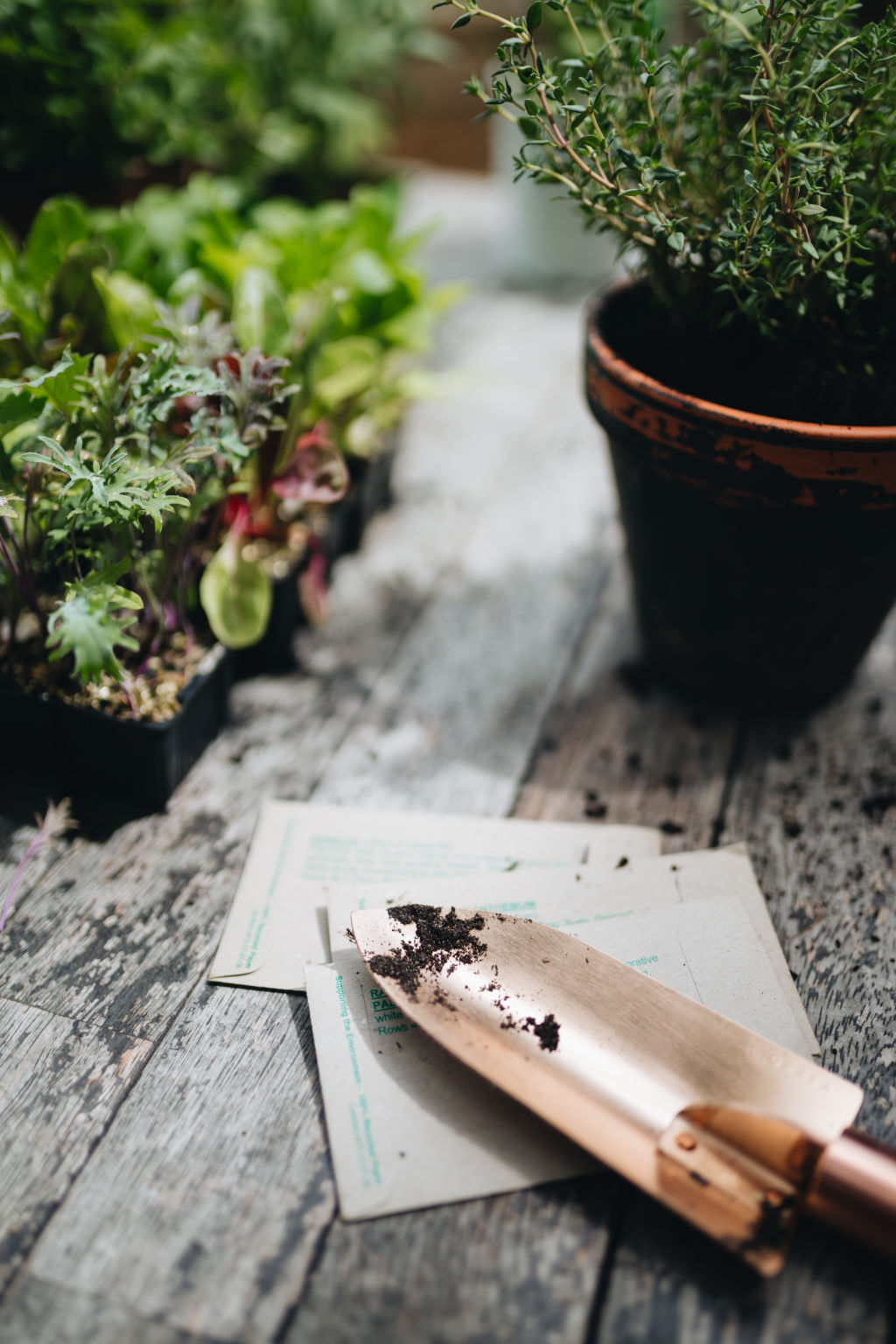
Fast turnover veggies, like lettuce, rocket, and pak choy are good options to keep you inspired. Root veg such as beetroots, radish, and fennel can be planted a few weeks apart too. Remember not to wait until winter to plant for winter. You need to get your winter annuals in the ground when the summer annuals have finished, usually in late summer and autumn.
A planting calendar should give you a good indication of timing, as will our garden handbook Slow Down and Grow Something if you’re ready to step things up.
Slow Down and Grow Something: The Urban Grower’s Recipe for the Good Life, by Byron Smith with Tess Robinson, Murdoch Books.
We recommend
We thought you might like
States
Capital Cities
Capital Cities - Rentals
Popular Areas
Allhomes
More


